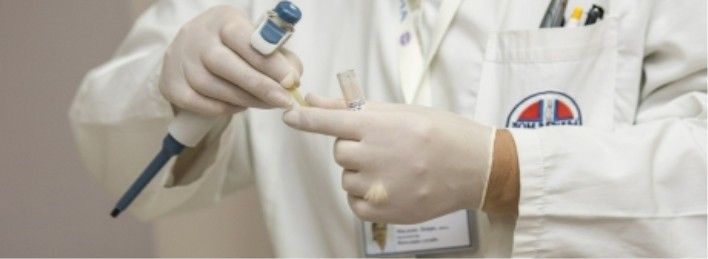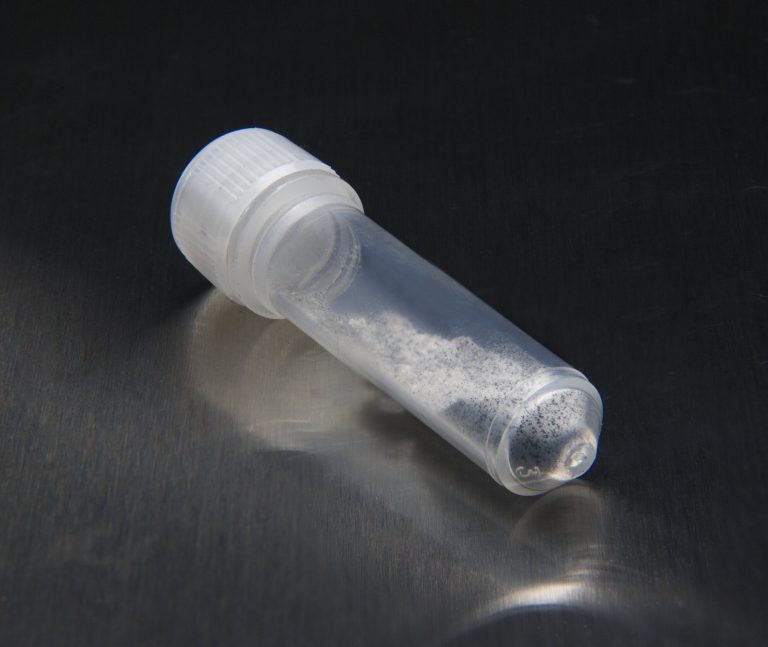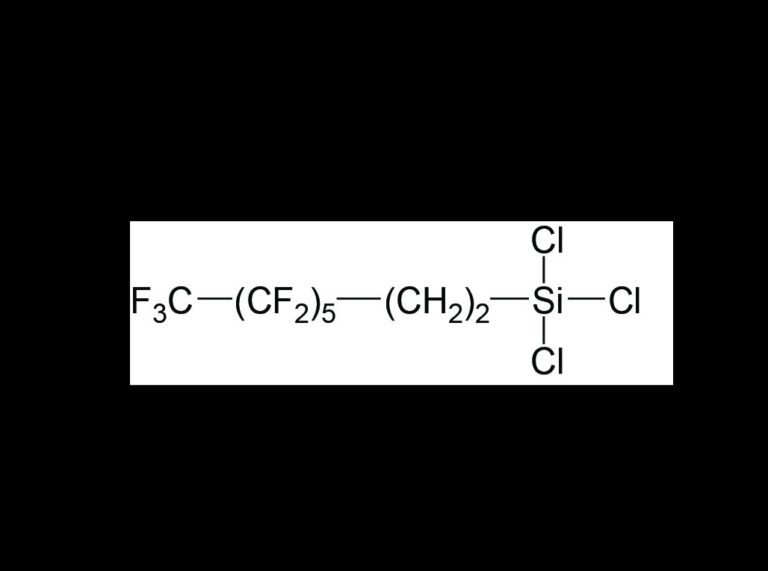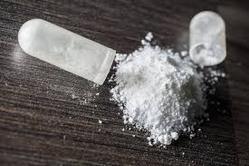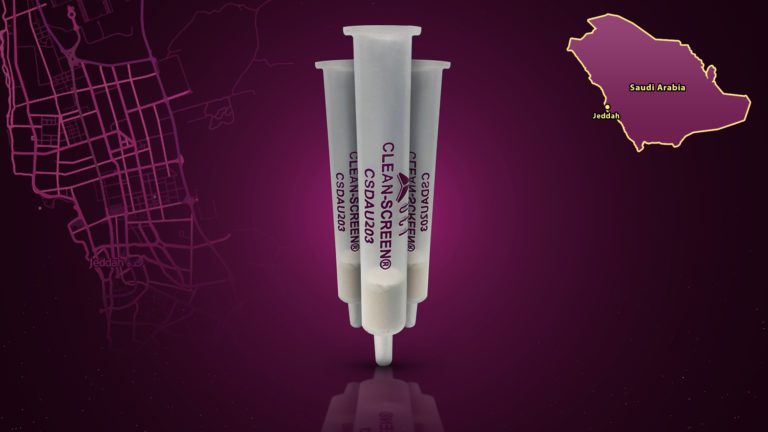Clean Screen® DAU Cited in Opiate GC-MS/MS Article
Opiates are one of the most commonly prescribed and abused drugs around the world. Detection and quantification of natural opiates and their keto derivatives in blood and urine samples are commonly a part of routine forensic toxicology testing. In a recent paper published in Journal of Analytical Toxicology (doi: 10.1093/jat/bky077), authored by Mohammad Ali Al Saad et al., UCT’s Clean Screen® DAU was employed to extract opiates from whole blood.
In the study, samples were applied to conditioned Clean Screen® DAU SPE cartridges. The SPE eluates were analyzed with gas chromatography–triple quadrupole mass spectrometry (GC–MS/MS). BSTFA + 1% TMCS was used for derivatization of opiates prior to instrumental analysis. The GC–MS/MS was operated under multiple-reaction monitoring mode using an electron ionization technique. This method was validated for the simultaneous determination of codeine, morphine, 6-acetylmorphine (6-MAM), hydrocodone and hydromorphone in human blood samples
The method was linear over the concentration range 2.5–1000 ng per mL for all analytes, except hydrocodone which was linear over 5–1000 ng per mL with a correlation coefficient (r 2) = 0.99. The limit of detection was 1.0 ng per mL for all compounds except hydrocodone which was 2.5 ng per mL. The limit of quantitation was 2.5 ng per mL for all compounds except hydrocodone which was 5.0 ng per mL. The precision (% RSD) was within 1.26–14.81 and the accuracy (% Bias) was within −6.29–10.93% for all compounds. The method successfully analyzed morphine (305 ng per mL) and 6-MAM (2.3 ng per mL) in a human blood sample obtained from an opiate user.
This study shows the power and efficiency of UCT’s Clean Screen® DAU when applied to the analysis of opiates in human blood.

